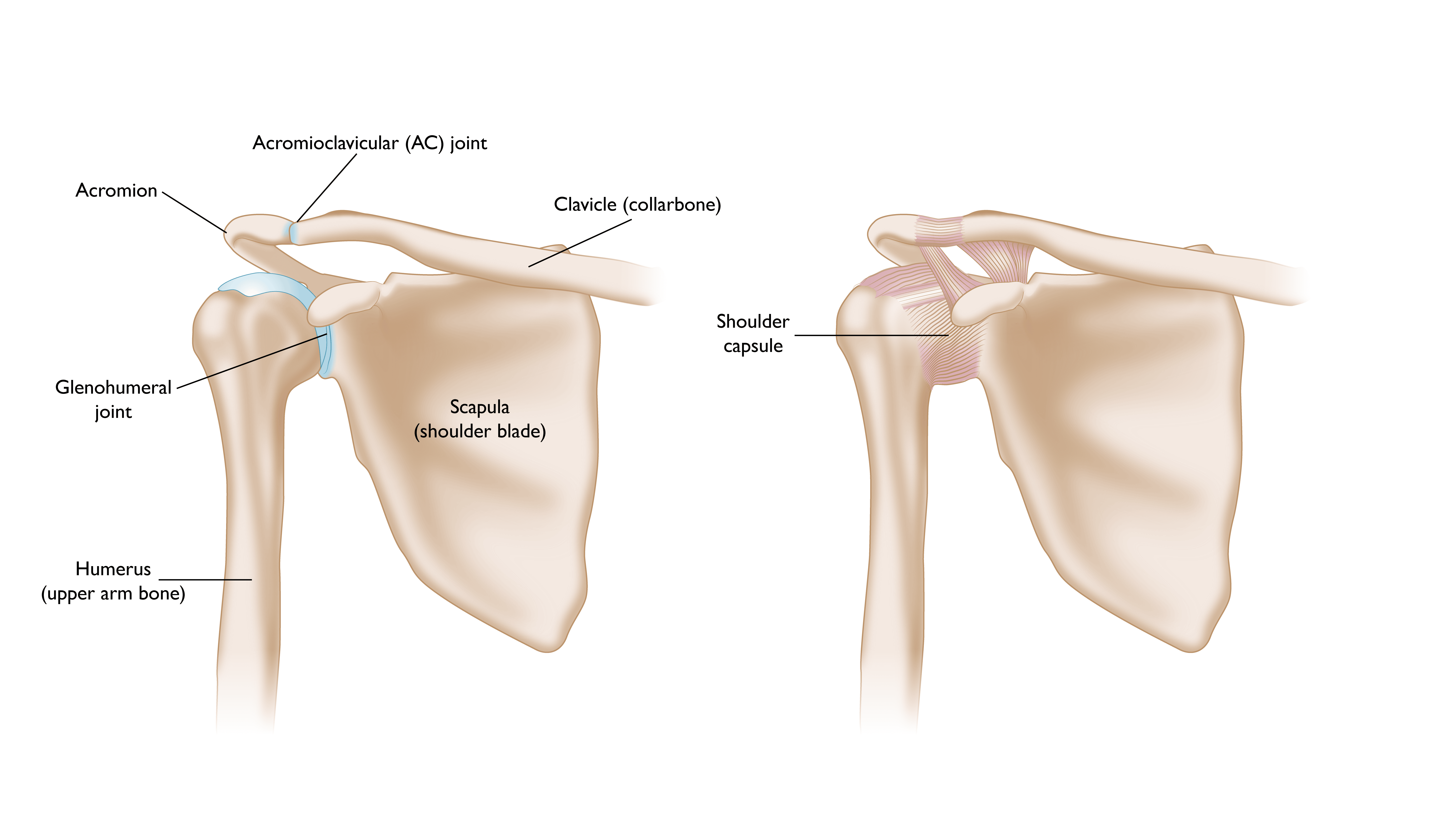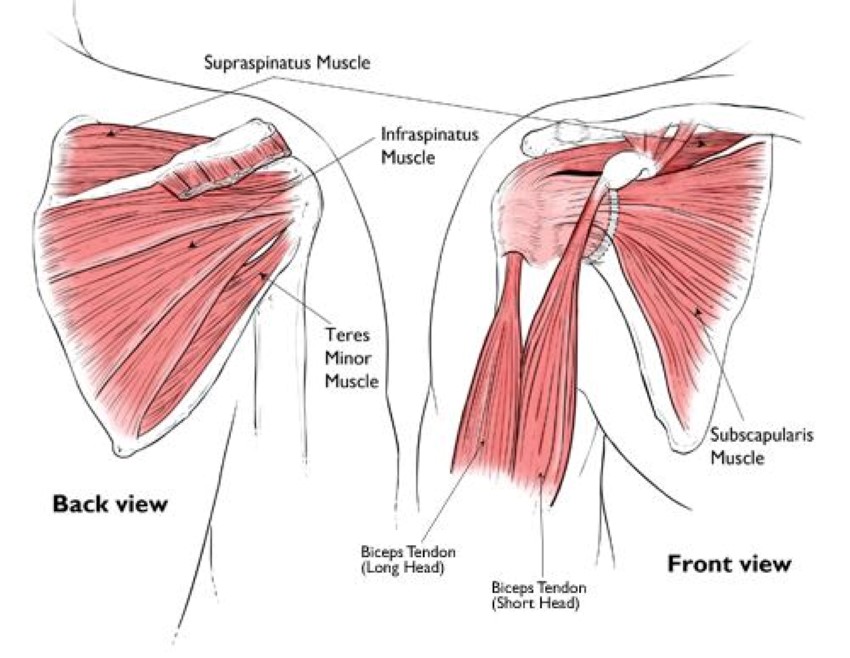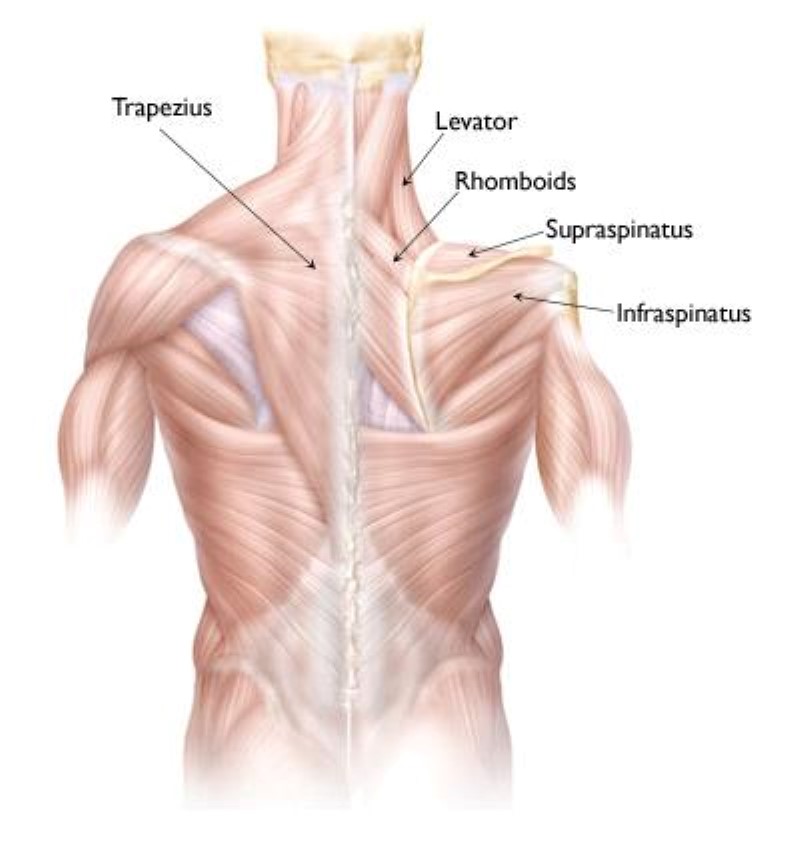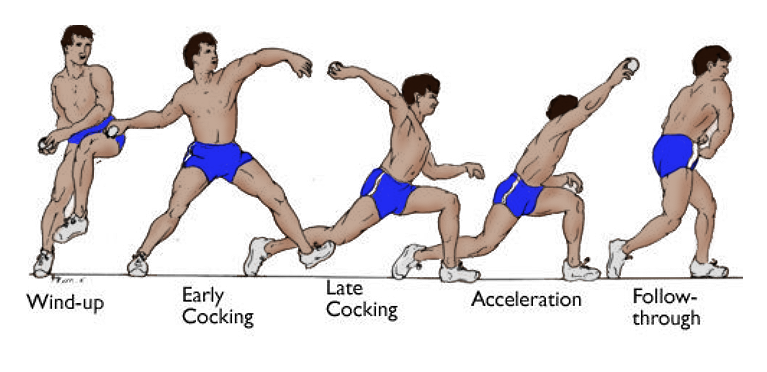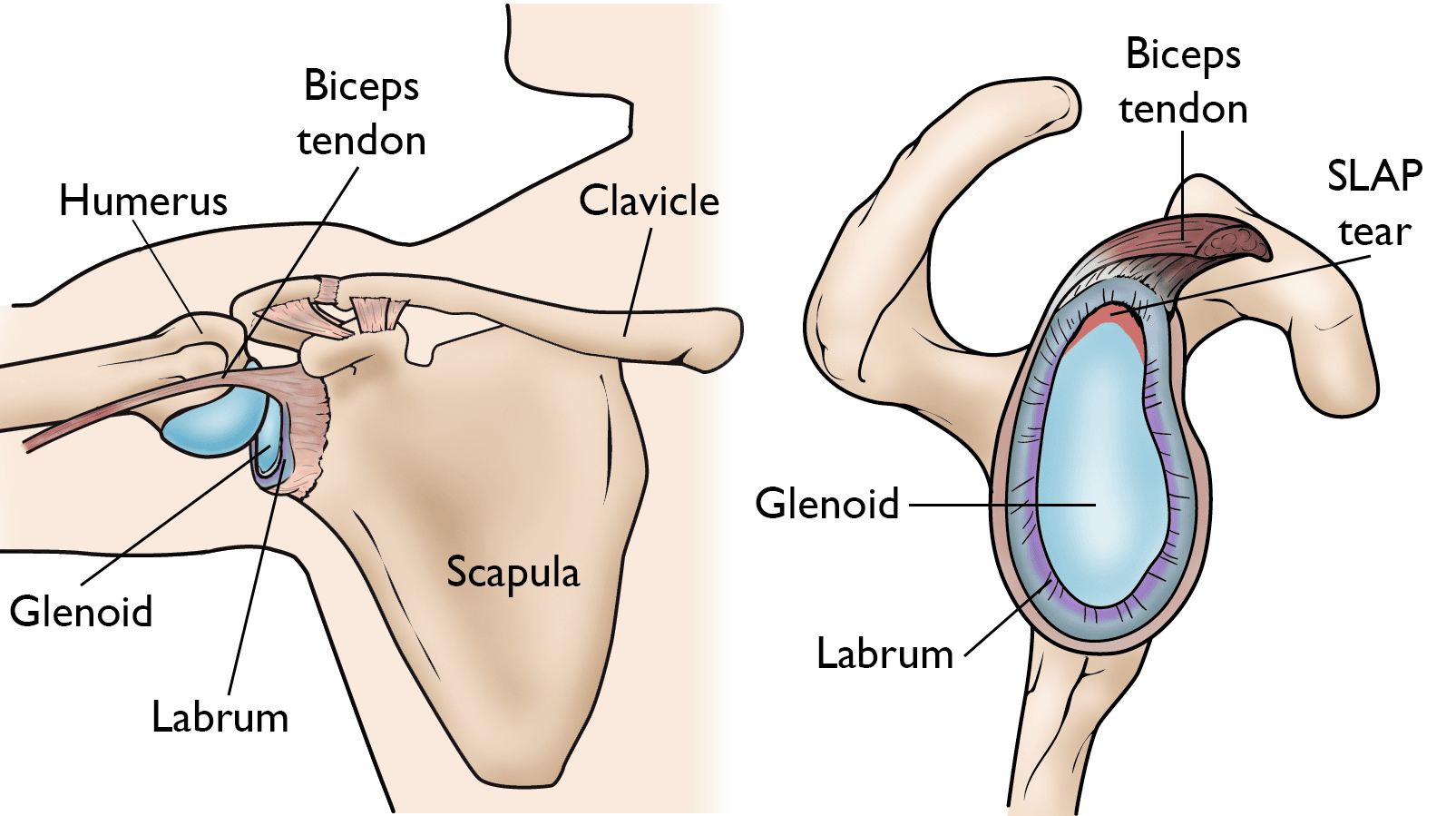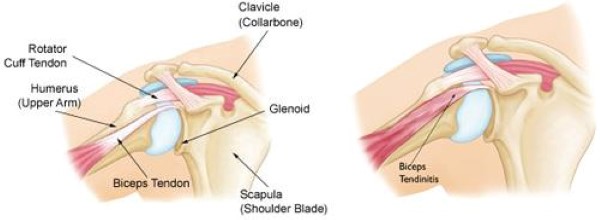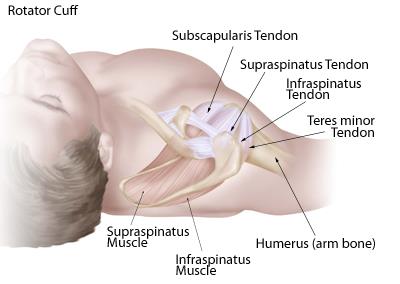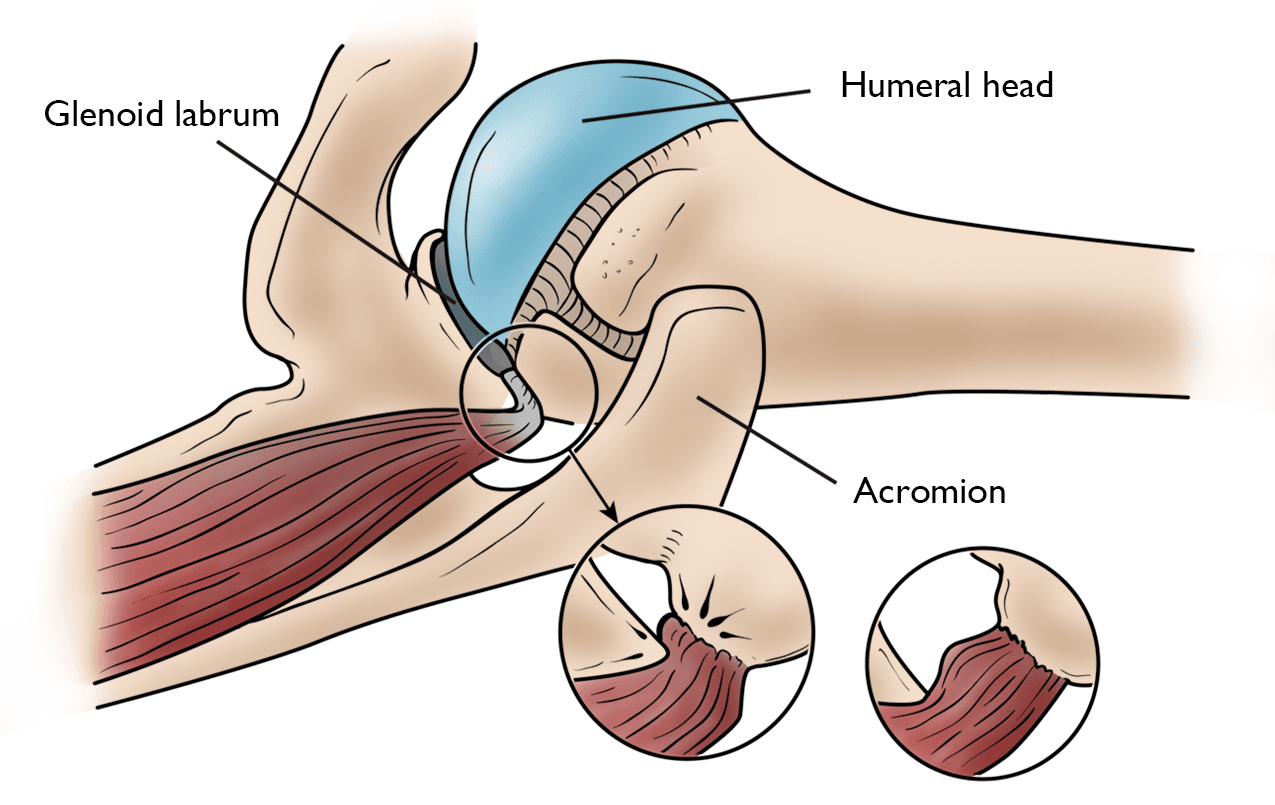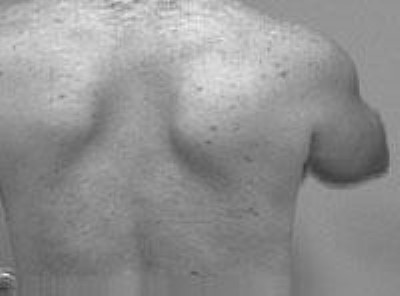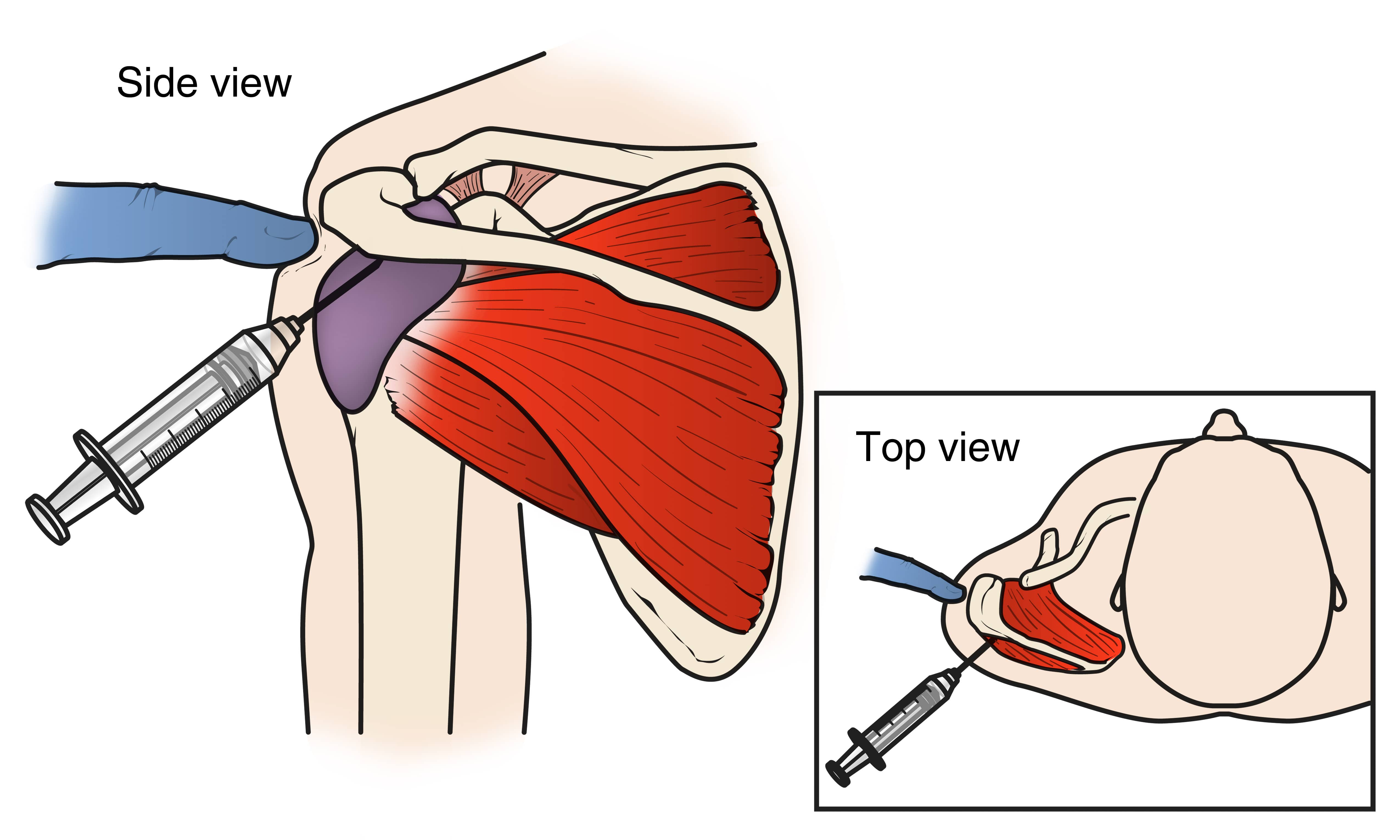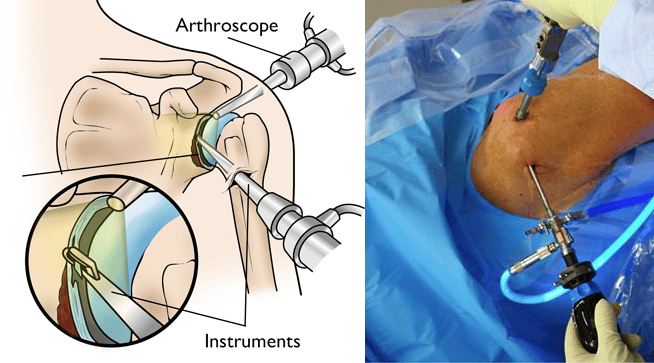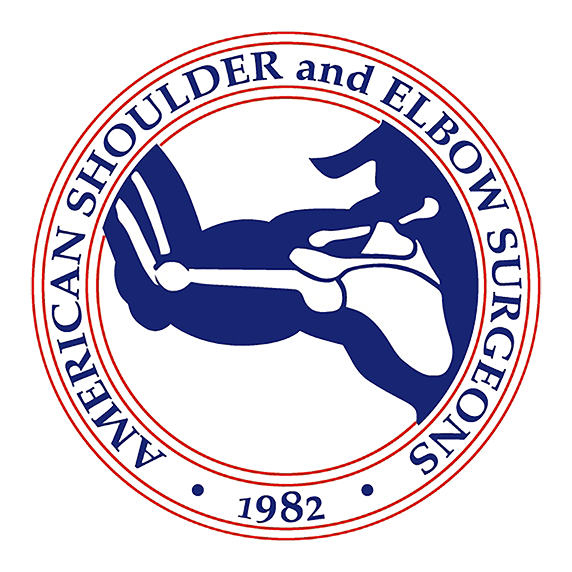Diseases & Conditions
Shoulder Injuries in the Throwing Athlete
Overhead throwing places extremely high stresses on the shoulder, specifically to the anatomy that keeps the shoulder stable. In throwing athletes, these high stresses are repeated many times and can lead to a wide range of overuse injuries.
Although throwing injuries in the shoulder most commonly occur in baseball pitchers, they can be seen in any athlete who participates in sports that require repetitive overhead motions, such as volleyball, tennis, swimming, water polo, and some track and field events like shotput and javelin.
Anatomy
The shoulder is a ball-and-socket joint made up of three bones:
- The humerus (upper arm bone)
- The scapula (shoulder blade)
- The clavicle (collarbone)
The head of the upper arm bone fits into a rounded socket in the shoulder blade. This socket is called the glenoid. Surrounding the outside edge of the glenoid is a rim of strong, fibrous tissue called the labrum. The labrum helps to deepen the socket and stabilize the shoulder joint. It also serves as an attachment point for many of the ligaments of the shoulder, as well as one of the tendons from the biceps muscle in the arm.
Strong connective tissue, called the shoulder capsule, is the ligament system of the shoulder and keeps the head of the upper arm bone centered in the glenoid socket. This tissue covers the shoulder joint and attaches the upper end of the arm bone to the shoulder blade.
The shoulder also relies on strong tendons and muscles to keep your it stable. Some of these muscles are called the rotator cuff. The rotator cuff is made up of four muscles that come together as tendons to form a covering, or cuff, of tissue around the head of the humerus.
The biceps muscle in the upper arm has two tendons that attach it to the shoulder blade. The long head attaches to the top of the shoulder socket (glenoid). The short head attaches to a bump on the shoulder blade called the coracoid process.
In addition to the ligaments and rotator cuff, muscles in the upper back play an important role in keeping the shoulder stable. These muscles include the trapezius, levator scapulae, rhomboids, and serratus anterior, and they are referred to as the scapular stabilizers. They control the scapula and clavicle bones — called the shoulder girdle — which functions as the foundation for the shoulder joint.
Cause
When athletes throw repeatedly at high speed, significant stresses are placed on the anatomical structures that keep the humeral head centered in the glenoid socket.
Of the five phases that make up the pitching motion, the late cocking and follow-through phases place the greatest forces on the shoulder.
- Late cocking phase. To generate maximum pitch speed, the thrower must bring the arm and hand up and behind the body. This arm position of extreme external rotation helps the thrower put speed on the ball; however, it also forces the head of the humerus forward, which places significant stress on the ligaments in the front of the shoulder. Over time, the ligaments loosen, resulting in greater external rotation and greater pitching speed, but less shoulder stability.
- Follow-through phase. During acceleration, the arm rapidly rotates internally. Once the ball is released, follow-through begins and the ligaments and rotator cuff tendons at the back of the shoulder must absorb significant stresses to decelerate the arm and control the humeral head.
When one structure — such as the ligaments that help stabilize the shoulder — becomes weakened due to repetitive stresses, other structures must handle the overload. As a result, the throwing athlete can sustain a wide range of shoulder injuries.
The rotator cuff and labrum are the shoulder structures most vulnerable to throwing injuries.
Common Throwing Injuries in the Shoulder
SLAP Tears (Superior Labrum Anterior to Posterior)
In a SLAP injury, the top (superior) part of the labrum is injured. This top area is also where the long head of the biceps tendon attaches to the labrum. A SLAP tear occurs both in front (anterior) and in back (posterior) of this attachment point.
Typical symptoms include:
- A catching or locking sensation
- Pain with certain shoulder movements or positions (like late cocking), or deep within the shoulder
Biceps Tendinitis and Tendon Tears
Repetitive throwing can inflame and irritate the upper biceps tendon. This is called biceps tendinitis. Pain in the front of the shoulder and weakness are common symptoms of biceps tendinitis.
Occasionally, the damage to the tendon caused by tendinitis can result in a tear.
- A torn biceps tendon may cause a sudden, sharp pain in the upper arm.
- Some people will hear a popping or snapping noise when the tendon tears.
Rotator Cuff Tendinitis and Tears
When a muscle or tendon is overworked, it can become inflamed. The rotator cuff is frequently irritated in throwers, resulting in tendinitis.
- Early symptoms include pain that radiates from the front of the shoulder to the side of the arm. Pain may be present during throwing or other activities, and at rest.
- As the problem progresses, pain may occur at night, and the athlete may experience a loss of strength and motion.
Rotator cuff tears often begin by fraying. As the damage worsens, the tendon can tear. When one or more of the rotator cuff tendons is torn, the tendon no longer fully attaches to the head of the humerus. Most tears in throwing athletes occur in the supraspinatus tendon.
Problems with the rotator cuff often lead to shoulder bursitis. There is a lubricating sac called a bursa between the rotator cuff and the bone on top of your shoulder (acromion). The bursa allows the rotator cuff tendons to glide freely when you move your arm. When the rotator cuff tendons are injured or damaged, this bursa can also become inflamed and painful.
Internal Impingement
During the cocking phase of an overhand throw, the rotator cuff tendons at the back of the shoulder can get pinched between the humeral head and the glenoid. This is called internal impingement, and it may result in a partial tearing of the rotator cuff tendon. Internal impingement may also damage the labrum, causing part of it to peel off from the glenoid.
Internal impingement may be due to some looseness in the structures at the front of the joint, as well as tightness in the back of the shoulder.
Instability
Shoulder instability occurs when the head of the humerus slips out of the shoulder socket (dislocation). When the shoulder is loose and moves out of place repeatedly, it is called chronic shoulder instability.
In throwers, instability develops gradually over years from repetitive throwing that stretches the ligaments and creates increased laxity (looseness). If the rotator cuff structures are not able to control the laxity, the shoulder will slip slightly off-center (subluxation) during the throwing motion.
- Pain and loss of throwing velocity will be the initial symptoms, rather than a sensation of the shoulder slipping out of place.
- Occasionally, the thrower may feel the arm "go dead." A common term for instability many years ago was "dead arm syndrome."
Glenohumeral Internal Rotation Deficit (GIRD)
As mentioned above, the extreme external rotation required to throw at high speeds typically causes the ligaments at the front of the shoulder to stretch and loosen. A natural and common result is that the soft tissues in the back of the shoulder tighten, leading to loss of internal rotation.
This loss of internal rotation puts throwers at greater risk for labral tears and rotator cuff tears.
Scapular Rotation Dysfunction (SICK Scapula)
Proper movement and rotation of the scapula over the chest wall is important during the throwing motion. The scapula (shoulder blade) connects to only one other bone: the clavicle. As a result, the scapula relies on several muscles in the upper back to keep it in position to support healthy shoulder movement.
During throwing, repetitive use of scapular muscles creates changes in the muscles that affect the position of the scapula and increase the risk of shoulder injury.
- Scapular rotation dysfunction, or SICK scapula, is characterized by drooping of the affected shoulder.
- The most common symptom is pain at the front of the shoulder, near the collarbone.
- In many throwing athletes with SICK scapula, the chest muscles tighten in response to changes in the upper back muscles.
- Lifting weights and chest strengthening exercises can aggravate this condition.
Doctor Examination
Medical History and Physical Examination
During your initial visit, your doctor will discuss:
- Your general medical health
- Your shoulder symptoms and when they first began
- The nature and frequency of athletic participation — for instance, which sport you play, whether you are a competitive athlete, and whether you specialize (play one sport year-round)
During the physical examination, your doctor will check the range of motion, strength, and stability of your shoulder. They may perform specific tests by placing your arm in different positions to reproduce your symptoms.
The results of these tests help the doctor decide if additional testing or imaging of the shoulder is necessary.
Imaging Tests
Your doctor may order tests to confirm your diagnosis and identify any associated problems.
X-rays. X-rays create clear pictures of dense structures, like bone, so they will show any problems within the bones of your shoulder, such as arthritis or fractures.
Magnetic resonance imaging (MRI). An MRI clearly shows images of soft tissues. It may help your doctor identify injuries to the labrum, ligaments, and tendons surrounding your shoulder joint.
In some cases, the doctor may order an arthrogram, in which dye is injected into the shoulder joint, and an MRI scan is taken. This test may show more subtle (less obvious) injuries.
Computed tomography (CT) scan. A CT scan combines X-rays with computer technology to produce a very detailed view of the bones in the shoulder area.
Ultrasound. An ultrasound can produce real-time images of muscles, tendons, ligaments, joints, and other soft tissues. This test is typically used to diagnose rotator cuff tears in people who are not able to have MRI scans.
Treatment
Left untreated, throwing injuries in the shoulder can become complicated conditions.
Nonsurgical Treatment
In many cases, the initial treatment for a throwing injury in the shoulder is nonsurgical. Treatment options may include:
- Activity modification. Your doctor may first recommend simply changing your daily routine and avoiding activities that cause symptoms.
- Ice. Applying icepacks to the shoulder for 20 minutes at a time, several times a day, can reduce swelling. Do not apply ice directly to the skin.
- Non-steroidal anti-inflammatory drugs (NSAIDs). Anti-inflammatory drugs like aspirin, ibuprofen, and naproxen can relieve pain and inflammation. They can be provided in prescription-strength form or purchased over the counter.
- Physical therapy. To improve the range of motion in your shoulder and strengthen the muscles that support the joint, your doctor may recommend specific exercises. Physical therapy can focus on muscles and ligament tightness in the back of the shoulder and help to strengthen the structures in the front of the shoulder. This can relieve some stress on any injured structures, such as the labrum or rotator cuff tendon.
- Change of position. Throwing mechanics can be evaluated to correct body positioning that puts excessive stress on injured shoulder structures. Although a change of position or even a change in sport can eliminate repetitive stresses on the shoulder and provide lasting relief, this is often undesirable, especially in high level athletes.
- Cortisone injection. If rest, medications, and physical therapy do not relieve your pain, an injection of a local anesthetic and a cortisone preparation may be helpful. Cortisone is a very effective anti-inflammatory medicine. Injecting it into the bursa beneath the acromion can provide pain relief for tears or other structural damage. Injections into other areas of the shoulder joint may also be beneficial depending on the cause of your shoulder pain.
Surgical Treatment
Your doctor may recommend surgery based on your history, physical examination, and imaging tests, or if your symptoms are not relieved by nonsurgical treatment.
The type of surgery performed will depend on several factors, such as your injury, age, and anatomy. Your orthopaedic surgeon will discuss with you the best procedure to meet your individual health needs.
Arthroscopy. Most throwing injuries can be treated with arthroscopic surgery. During arthroscopy, the surgeon inserts a small camera, called an arthroscope, into the shoulder joint. The camera displays pictures on a monitor, and the surgeon uses these images to guide miniature surgical instruments.
Because the arthroscope and surgical instruments are thin, the surgeon can use very small incisions rather than the larger incision needed for standard, open surgery.
During arthroscopy, your doctor can repair damage to soft tissues, such as the labrum, ligaments, or rotator cuff.
Open surgery. A traditional open surgical incision may be required to deal with the injury. Your surgeon will talk to you about which approach is best for you.
Rehabilitation. After surgery, the repair needs to be protected while the injury heals. To keep your arm from moving, you will most likely use a sling for a short period of time. How long you require a sling depends upon the severity and cause of your injury.
As soon as it is appropriate, your doctor may remove the sling so you can begin a physical therapy program.
In general, a physical therapy program focuses first on flexibility. Gentle stretches will improve your range of motion and prevent stiffness in your shoulder. As healing progresses, your physical therapist will gradually expand your program by adding exercises to strengthen the shoulder muscles and rotator cuff. This typically occurs 4 to 6 weeks after surgery.
Your doctor will discuss with you when it is safe to return to sports and/or other physical activities. If your goal is to return to overhead sports activities, your doctor or physical therapist will direct a therapy program that includes a gradual return to throwing.
It typically takes 2 to 4 months to achieve complete pain relief, but it may take up to 1 year or more to return to your sport and/or other physical activities.
Prevention
In recent years, there has been more of a focus on preventing throwing injuries of the shoulder.
Proper conditioning, technique, and recovery time (periods of rest) can help to prevent throwing injuries. Throwers should strive to maintain good shoulder girdle function with proper stretches and upper back and torso (core) strengthening.
Pitching guidelines — including pitch count limits and required rest recommendations — have been developed to protect throwing athletes from injury.
Contributed and/or Updated by
Peer-Reviewed by
AAOS does not endorse any treatments, procedures, products, or physicians referenced herein. This information is provided as an educational service and is not intended to serve as medical advice. Anyone seeking specific orthopaedic advice or assistance should consult his or her orthopaedic surgeon, or locate one in your area through the AAOS Find an Orthopaedist program on this website.








